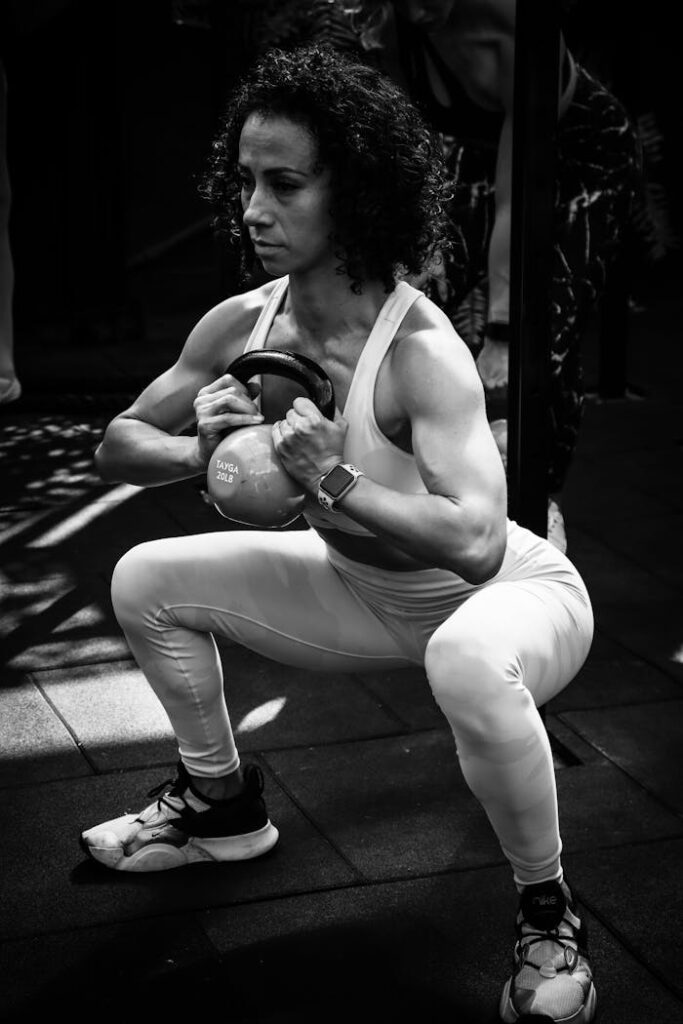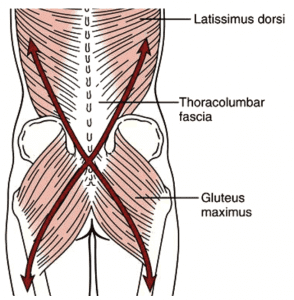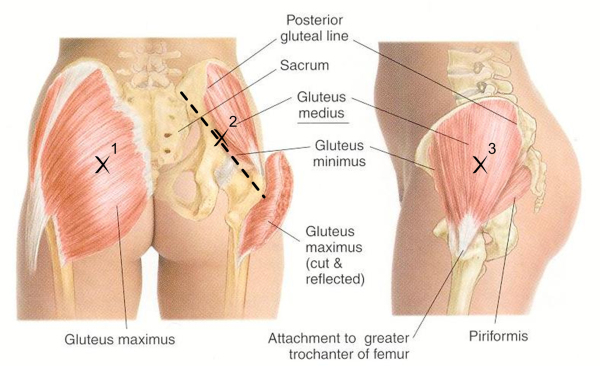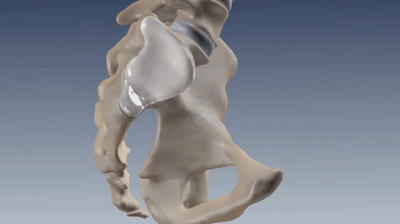Prevent Back Pain with a Strong Booty
The Connection Between Strong Glutes and Lower Back Health

When it comes to overall health and fitness, many people focus on building a strong core. And for good reason—the core muscles, which include any muscle that attaches to the pelvis, are essential for stability and support. While the core can bend and move in many directions, its primary role in biomechanics is to provide stability, especially under heavy loads and stress. However, one often overlooked component of a strong core is the gluteal muscles, which play a critical role in maintaining lower back health and preventing injury.
The Role of Glutes in Lower Back Health

The gluteal muscles are composed of three primary muscles: the gluteus maximus, gluteus medius, and gluteus minimus. These muscles are not only responsible for the shape and movement of the buttocks but are also integral in supporting the pelvis, stabilizing the lower back, and ensuring proper movement patterns during physical activity.
A well-balanced gluteal region is crucial for maintaining a healthy lower back. When these muscles are strong and properly engaged, they help distribute the forces exerted on the lower back during movement, reducing the strain on the lumbar spine. Conversely, weak or imbalanced glutes can lead to poor posture, inefficient movement patterns, and an increased risk of lower back pain and injury.
The Importance of Balancing the Gluteal Muscles

Each of the three gluteal muscles plays a distinct role in supporting the lower back:
1. Gluteus Maximus: The largest and most powerful of the three, the gluteus maximus is primarily responsible for hip extension and outward rotation. It helps propel the body forward during walking, running, and climbing. A strong gluteus maximus reduces the load on the lower back by assisting in hip extension and stabilizing the pelvis during movement.
2. Gluteus Medius: Located on the outer surface of the pelvis, the gluteus medius plays a crucial role in stabilizing the pelvis during single-leg movements, such as walking and running. It prevents the pelvis from tilting sideways, which helps maintain proper alignment of the spine and reduces stress on the lower back.
3. Gluteus Minimus: The smallest of the three, the gluteus minimus works in tandem with the gluteus medius to stabilize the pelvis and support the lower back. It also aids in hip abduction, helping to move the leg away from the body.Achieving a balance between these three muscles is essential for lower back health. An imbalance, where one muscle is overdeveloped while another is underdeveloped, can lead to compensatory movement patterns, which place undue stress on the lower back and increase the risk of injury.
Minimizing Iliopsoas Overstimulation

The iliopsoas muscle group, which includes the psoas major, psoas minor, and iliacus muscles, runs from the thoracic cavity and has attachment points on the pelvis and spinal column. This muscle group plays a key role in hip flexion, but when the gluteal muscles are weak or underdeveloped, the iliopsoas can become overstimulated as it compensates for the lack of support.
Overstimulation of the iliopsoas can lead to a variety of issues, including anterior pelvic tilt, lumbar hyperextension, and increased stress on the lumbar spine. This can result in lower back pain and a higher likelihood of injury. By strengthening the gluteal muscles and ensuring they are properly balanced, you can minimize the need for the iliopsoas to overcompensate, thereby reducing the risk of lower back issues.
Proper Pelvic Positioning and the Lumbar Curve
A strong and balanced gluteal region also contributes to proper pelvic positioning and the maintenance of the natural curve of the lumbar spine, known as the lordotic curve. The lordotic curve is crucial for absorbing shock and maintaining spinal alignment. When the glutes are weak or imbalanced, it can lead to an anterior pelvic tilt, where the front of the pelvis drops forward and the back of the pelvis rises. This alters the natural lumbar curve, increasing the risk of lower back pain and injury.

Strengthening the glutes helps maintain proper pelvic alignment, ensuring that the lumbar curve remains in its natural position. This reduces the strain on the lower back and helps prevent conditions such as lordosis (excessive inward curvature of the spine) and other postural issues.
Minimizing Micro-Movements at the Sacroiliac Joint

The sacroiliac (SI) joint, located where the sacrum meets the pelvis, plays a key role in transferring forces between the upper body and lower body. Micro-movements at the SI joint can contribute to lower back pain, especially when the gluteal muscles are weak or imbalanced.
A strong gluteal region helps stabilize the SI joint by providing the necessary support to prevent excessive movement. This, in turn, reduces the risk of lower back pain associated with SI joint dysfunction. By focusing on gluteal strength and balance, you can protect your lower back and ensure that the SI joint remains stable during physical activity.
Conclusion: The Glute-Core Connection
Maintaining a strong, stable core is essential for lower back health, and the gluteal muscles play a vital role in this equation. By focusing on developing a balanced and strong gluteal region, you can reduce the risk of lower back pain, improve your posture, and enhance your overall movement patterns. Scientific studies, such as those published in the Journal of Orthopaedic & Sports Physical Therapy and the Journal of Strength and Conditioning Research, consistently highlight the importance of gluteal strength in maintaining lower back health and preventing injury.
Whether you’re training at BootyWerks or incorporating glute exercises into your routine, remember that strong glutes are more than just a cosmetic goal—they’re key to a healthy, pain-free lower back.
